Diversity of South Dakota's public colleges doesn't match the state's diversity as a whole
The racial and ethnic diversity of South Dakota’s public college system doesn’t quite yet match up to the state’s overall diversity.
As a system, more than 80% of students at the state's six universities in the South Dakota Board of Regents system and more than 87% of faculty and staff are white, compared to the state’s population, which is more than 77% white.
Conversely, the state is about 23% people of color, while the system is approximately 17% students of color, international students or those with an unknown race/ethnicity, and approximately 13% staff of color. A student's race or ethnicity may be unknown to the SDBOR because while colleges ask students for their race or ethnicity for their recordkeeping, it's not required.
South Dakota is more than 8% Indigenous, but both the faculty and staff and the student body makeup at Board of Regents universities range from 0% to 3.25% Indigenous, with the lowest representation being 0% Indigenous staff at Dakota State University to the highest representation being 3.25% Indigenous students at Black Hills State University.
This audit of the system's diversity compared with the state is timely after the SDBOR released its enrollment count for this semester earlier this fall, and after the U.S. Supreme Court struck down affirmative action at admissions policies once used by Harvard and the University of North Carolina on June 29.
The SDBOR doesn’t consider race in admissions or hiring, but encourages programming and student organizations to celebrate the unique backgrounds that make up each campus, communications director Shuree Mortenson said.
“We have been and will remain committed to equal opportunity, whether in admissions, hiring or otherwise,” Mortenson said. “At our institutions, these decisions are based on an individual’s qualifications, experience, preparation and ability.”
Here’s how the diversity numbers break down at each campus.
South Dakota State University
South Dakota State University’s student body is approximately 82% white and 18% students of color, international students or those with an unknown race/ethnicity, while the faculty and staff makeup is approximately 80% white and 20% people of color.
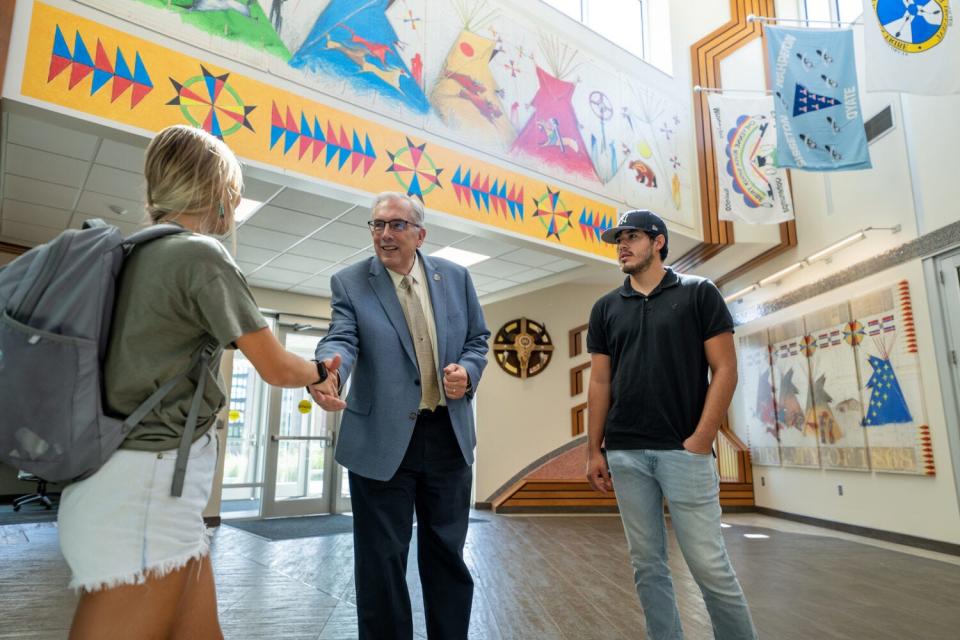
SDSU President Barry Dunn launched the Wokini Initiative in 2017 to support Indigenous student success and create greater access to higher education for Native Americans in South Dakota. Wokini means “a new beginning” in Lakota.
Dunn has said that SDSU will measure success in the Wokini Initiative when the population of Indigenous students at SDSU is proportional to the state’s population, and when their success equals or exceeds that of the general student body, Dunn has said. SDSU currently has an Indigenous student population of 1.19% (137) compared to the state’s 8.4%.
As part of the initiative, SDSU opened its American Indian Student Center in 2020, which is committed to providing a welcoming home-away-from-home for Indigenous students, embodies the importance of culture and is centrally located on campus for all students to access.
SDSU holds an American Indian Student Center orientation program in late August before classes start with early move-in and expanded orientation for Indigenous students to support cultural, social and academic challenges and opportunities for first-time Indigenous students.

Indigenous SDSU students seeking nursing degrees on the west side of the state can attend the Native American Nursing Education Center in Rapid City.
SDSU also offers a unique semester-long academic experience known as the Wizipan Leadership and Sustainability Program that’s grounded in Lakota philosophy.
In on-campus housing, SDSU offers a variety of living-learning communities, including a military-affiliated community, the Oyate Yuwitaya Tipi for Native and non-Native students, and an “Allied for Acceptance'' community for inclusiveness for people of all identities, genders and sexual orientations. Smudging and pipe ceremonies are also permitted on campus.
SDSU also launched SDSU Connect two years ago to align the university’s land-grant mission with the needs of South Dakota’s largest community, Sioux Falls. Initiatives include partnering with Promising Futures Fund, a nonprofit supporting 19 schools in the Sioux Falls School District with high rates of poverty, to bring eighth grade students from underrepresented populations to the SDSU campus in Brookings to experience college life.
More: SDSU President Barry Dunn wins prestigious education award for Wokini Initiative
The Office of International Affairs at SDSU works with students from all over the world to provide resources and opportunities to engage them in campus and Brookings, such as community engagement programs and events, international orientation and international student and scholars services.
Various international student organizations host diverse events throughout the year such as India Night. The organizations have a parent club, the International Relations Council, to represent the international student voice, as 6.1% (702) of students at SDSU are international students. More than 20 cultural student organizations exist at SDSU.
There are special graduation ceremonies for Indigenous students and for international students.
SDSU spokesman Mike Lockrem credits the university’s new Wintrode Student Success and Opportunity Center with helping retain its student population, with what he said is a record-setting retention rate of 80%.
University of South Dakota
The University of South Dakota’s student body is approximately 78% white and 22% students of color, international students or those with an unknown race/ethnicity.
Campus offices like the Native American Cultural Center, Native Student Services, the Gallagher International Center, the Office of Multicultural Affairs and the Opportunity Center all play a role in recruiting and retaining the diverse student population, USD’s assistant vice president for marketing, communications and university relations Michelle Cwach said.
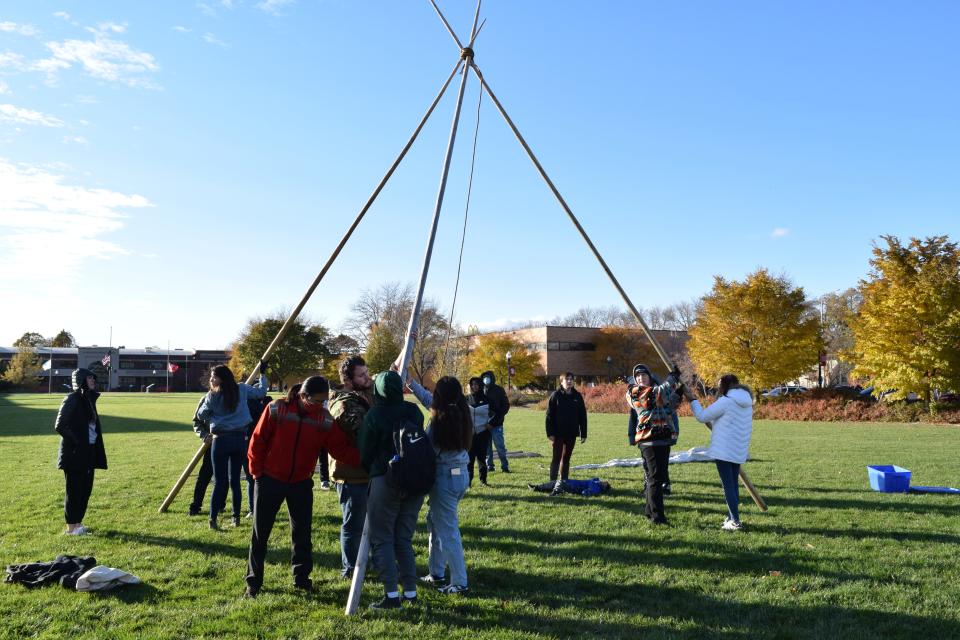
USD’s current Indigenous student population is 1.57% (155), and Cwach said USD has seen a 60% increase in first-time, full-time, degree-seeking Indigenous undergraduates over the past five years.
Native Student Services provides student support services and culturally-relevant programs throughout the year, including a Lakota language lab and drum group practice.
In on-campus housing, USD offers the Wiyuskinyan Unpi Tipi Living Learning Community for Indigenous students and/or Native American Studies majors and minors with a focus on providing a supportive community centering Indigenous perspectives, cultures and histories. USD provides exemptions to Native American students to use sacred medicines in personal prayer throughout university housing as well.
International enrollment at USD broke a record for a third year in a row with 606 total international students, making up 6.14% of the student body.
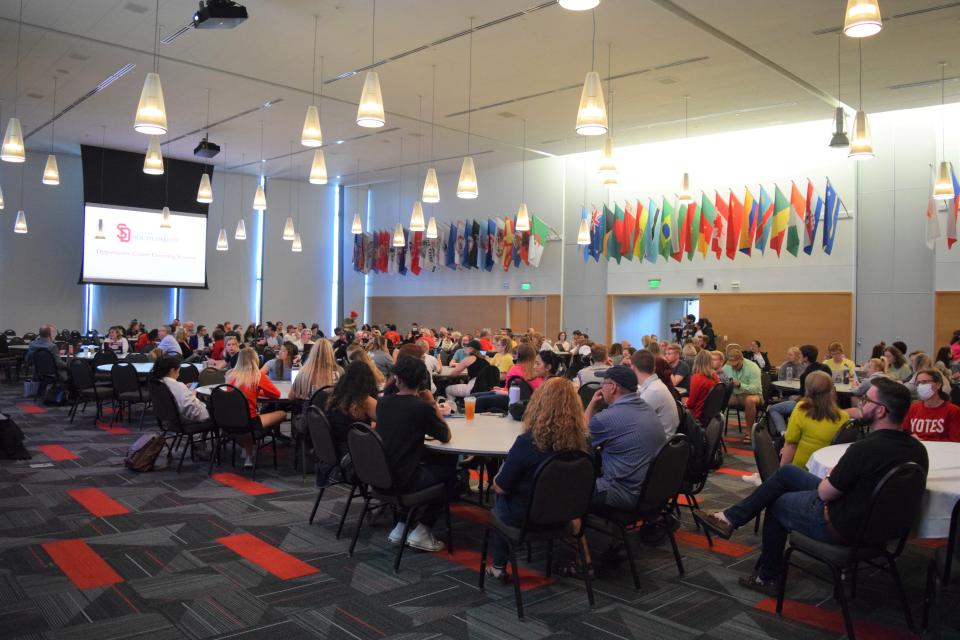
USD’s faculty and staff makeup is approximately 83% white and 17% people of color, and Cwach said USD is experiencing similar challenges that many rural communities face in attracting and retaining employees in the state. USD recruits as wide of a pool as possible to find the best candidates, Cwach said.
“Faculty and staff are active members of the campus community and partake in many events organized for and/or by students, including annual events like Passover Seder, the Wacipi, Diwali, Nepalese Night, Festival of Nations and International Night Gala,” Cwach said.
Dakota State University
Dakota State University’s student body is approximately 74% white and 26% students of color, international students or those with an unknown race/ethnicity, while the faculty and staff makeup is approximately 88% white and 12% people of color.
DSU’s Native American Student Association hosted four guest speakers throughout November for Native American Heritage Month, and DSU dining provided Indigenous food options each Monday in November. In the past, DSU has also hosted participants of the annual Dakota 38+2 Memorial Ride for a meal, drum circle and smudging ceremony.
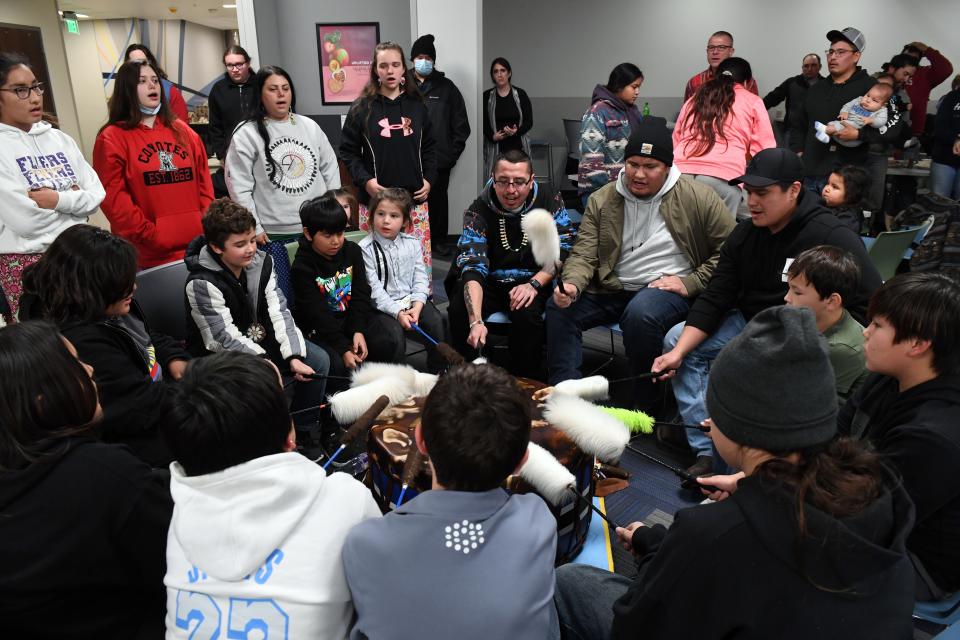
DSU strategic communications coordinator Jane Utecht did not answer other questions from the Argus Leader on campus diversity, but instead sent a statement regarding opportunity at DSU.
Utecht said DSU’s strategy and initiative over the last few years has been to create an Opportunity Center focused on three foundations of “welcome, learn and belong.”
The Opportunity Center includes the Trojan Zone Welcome Center and Spirit Store, which is a hub for DSU students and visiting students, families and community members; the Learning Engagement Center with academic support programs for students; and, the Student Engagement Center.
The Student Engagement Center in particular recognizes students’ unique perspectives and seeks to “recognize these differences while aso offering engagement opportunities to develop a sense of belonging for all,” Utecht said.
DSU’s Office of Veteran Affairs is available to active service members and veterans, too, Utecht said, noting they have a designated space on campus to gather.
DSU’s STRONG program supports neurodiverse students on campus.
Northern State University
Northern State University’s student body is approximately 85% white and 15% students of color, international students or those with an unknown race/ethnicity, while the faculty and staff makeup is approximately 88% white and 12% people of color.
NSU’s campus Opportunity Center offers student resources, and NSU’s Multicultural Student Affairs office organizes events and activities to help students learn from each other and gain exposure to different cultures, NSU communications director Chad Hatzenbuhler said.
For example, NSU’s American Indian Circle Program aims to make a sense of community to contribute to Indigenous students’ personal growth and academic success towards graduation.
“This program uses a holistic model that imitates the family-centered orientation of tribal life” for Indigenous students, Hatzenbuhler said. “This model provides student-focused planning and experiences to help students cultivate a deeper cultural footprint during their college career while also providing enhanced academic support services, including our Cangleska wašté (Good Circle) pre-orientation, academic advising and support, and peer mentoring.”
NSU is also committed to Native American programming and academic recognition through the annual Crazy Horse Memorial and Tonemah Scholarships Banquet and Graduation/Feathering Ceremony, Hatzenbuhler said.
South Dakota Mines
South Dakota Mines’ student body is approximately 78% white and 22% students of color, international students or those with an unknown race/ethnicity, while the faculty and staff makeup is approximately 74% white and 26% people of color.
Mines’ marketing and communications director Ann Brentinger echoed the SDBOR and said when recruiting students, faculty and staff, Mines doesn’t consider their race or gender but their qualifications and experience.
Mines’ admissions office has close ties to many of South Dakota’s tribal schools and hosted several groups for campus visits this fall including Todd County, Dupree High School, and Rockyford School in the Oglala Lakota County School District. Mines students in the Tiospaye Scholars program speak at these events about their experience in higher education.
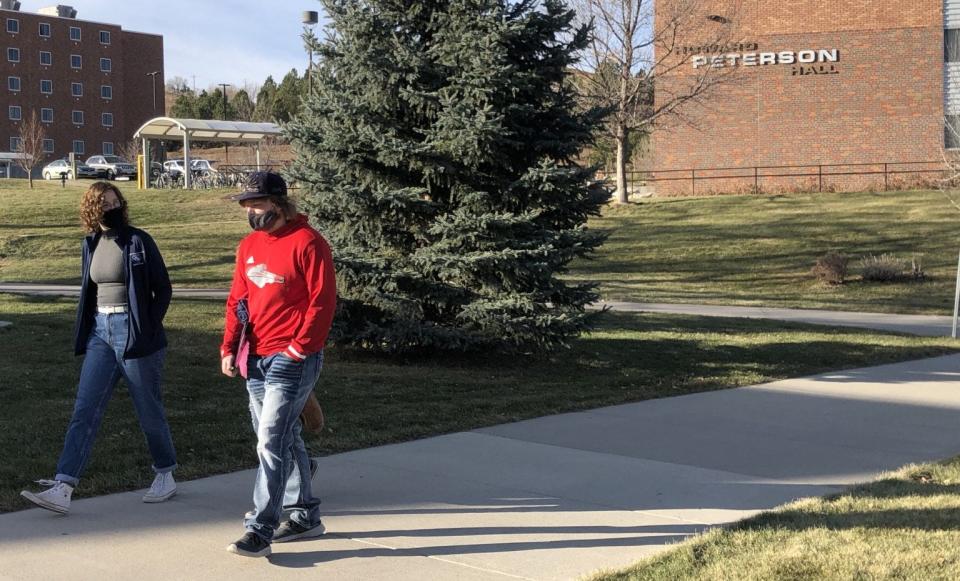
“Giving prospective students a chance to interact with someone who might have had a very similar background is critical to the success of these visits,” Brentlinger said. “Continuing to foster these relationships and provide an excellent (and not overwhelming) visit experience is part of our strategy to increase the Indigenous population on our campus.”
Mines also hosts middle and high school students through summer camps, math contests, science and engineering fairs and Girls’ Day, an event for seventh grade girls from all local schools. American Indian Services also hosts a six-week STEM-prep camp for middle school students on campus.
Mines also collaborates with local tribal colleges on research and programming that can provide experience for students there who might want to advance their degrees at Mines.
Mines recognizes culture on campus with events like graduation honoring ceremonies for Indigenous students, Diwali and a Cultural Expo for international students and community members to share food and information about their cultures.
Mines also features American Indian Science & Engineering Society, the National Society of Black Engineers, and the Society of Hispanic Professional Engineers for students to join.
Black Hills State University
Black Hills State University’s student body is approximately 77% white and 23% students of color, international students or those with an unknown race/ethnicity, while the faculty and staff makeup is approximately 88% white and 12% people of color.
This year, BHSU offered activities during Black History Month, International Education Week, the annual Lakota Omniciye Wacipi, AIDS memorial quilt, and LGBTQ Education Week.
BHSU, where the student population is currently 3.25% Indigenous (113 students), has a strategic enrollment plan including a task to increase Indigenous student success rates through targeted advising and cultural support. BHSU has hired a professional advisor for this goal.
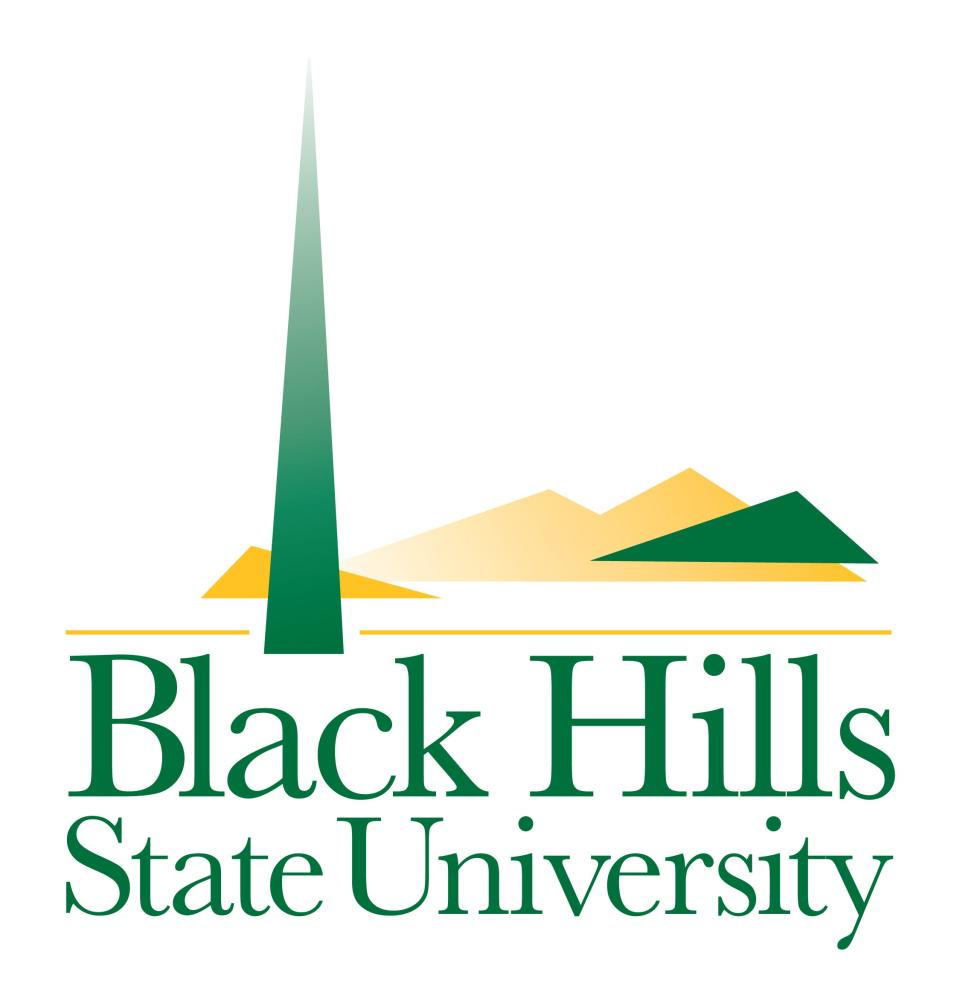
BHSU also has a Center for American Indian Studies to help Indigenous students feel welcome and have a common sense of background and community, BHSU marketing and communications director Becca Walters said.
The university’s TRIO program helps students who are low-income, first-generation or have disabilities, and provides them with additional one-on-one support such as mentoring, 24/7 online tutoring or advising. TRIO is the umbrella name for three federal programs: Upward Bound, Talent Search and Student Support Services.
BHSU also offers one-on-one and small group tutoring through its Student Success Center and peer mentoring.
In on-campus housing, BHSU offers living-learning communities centered on STEM (science, technology, engineering and math) and social advocacy, which includes students seeking an open and affirming community that promotes inclusion and acceptance for all students as well as cultural and social empowerment. Housing also has a policy for smudging.
Resident assistant staff can cover a variety of topics with programming curriculum in inclusion and multicultural diversity, including diversity, spirituality, sexuality, multicultural and intercultural competencies, advocacy, generational differences/perspectives/understanding, demographics, socioeconomics and privilege.
This article originally appeared on Sioux Falls Argus Leader: South Dakota public universities lag behind state's overall diversity

